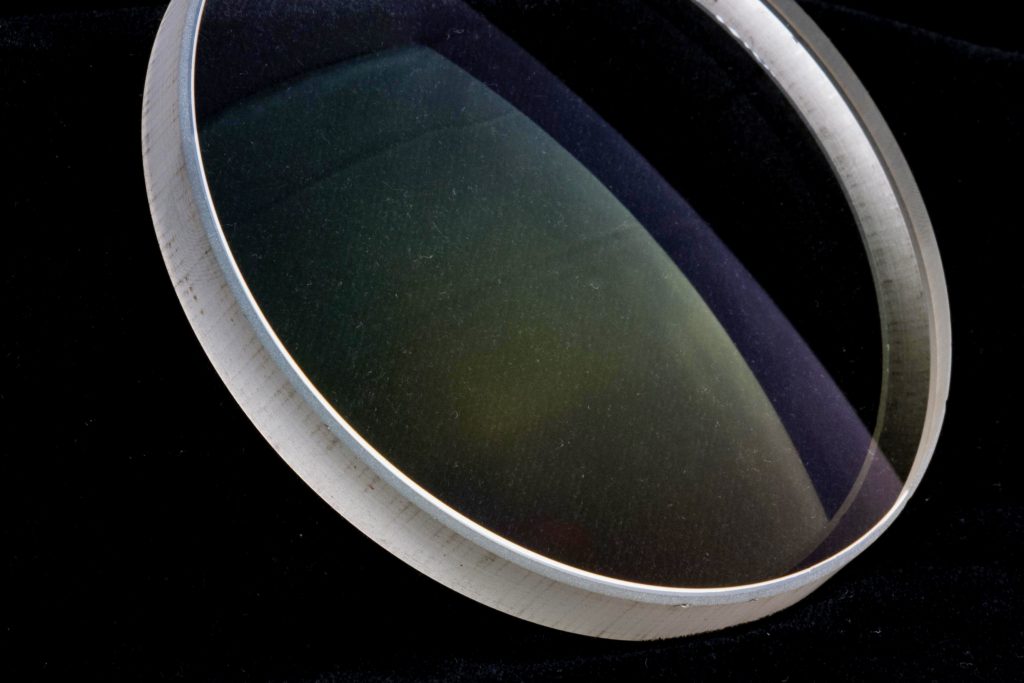Definition of Optical Glass
Optical glass refers to glass that can change the direction of light propagation and change the relative spectral distribution of ultraviolet, visible, or infrared light.
Optical glass in the narrow sense refers to colorless optical glass; optical glass in the broad sense also includes colored optical glass, laser glass, quartz optical glass, anti-radiation glass, ultraviolet and infrared optical glass, fiber optic glass, acousto-optic glass, magneto-optical glass and photochromic Glass.
Optical glass can be used to manufacture lenses, prisms, mirrors and windows in optical instruments. Components made of optical glass are key elements in optical instruments.

Seven physical properties of optical glass
Optical glass has high transparency, high physical and chemical uniformity, and specific and precise optical coefficients. This article mainly understands the physical characteristics of optical glass:
- 1. Refractive index (ND)
The refractive index of glass is determined by the characteristic line D=589.3nm of sodium element, expressed in ND.
- 2. Specific gravity (s)
The specific gravity of glass is determined by the hydrostatic weighing method.
- 3. Chromaticity value (x, y, Y)
According to the methods stipulated by the International Commission on Illumination (CIE) in 1931 and 1964, the chromaticity value of glass under the illumination of A and D65 standard light sources is measured.
- 4. Thermal characteristics
When the glass temperature rises by 1°C, the relative change rate of its length. the
- 5. Transition temperature (Tg)
When the expansion amount of the glass changes suddenly, the corresponding temperature is the transition temperature of the sample. The viscosity of the glass at this temperature is approximately 10 13 Pa/s.
- 6. Softening temperature (Ts)
When the physical properties of the glass change rapidly, the temperature at which the expansion amount approaches zero is the softening temperature of the glass. At this time, the viscosity of the glass approaches 10 11 Pa.s.
- 7. Color temperature conversion ability (V)
The color temperature glass is composed of two types of glass, the color temperature increasing glass and the color temperature reducing glass glass, and its conversion ability is represented by the Mired value. The rising color temperature glass is blue, the grade is SSB, and it has a negative Milled value. The reduced color temperature glass is amber, and its Millard is positive.
Optical Glass Properties